In this day and age, there’s a constant swirl of arguments and debates over EDM. It’s been criminalized, scrutinized and…let’s just say it…stereo-typically categorized. Even the famous TV chef and critically known Anthony Bourdain previously nicknamed EDM the kingdom of “douchebaggery”— which honestly could only stand to hurt the stereotypes associated with the electronic culture to begin with.
With all of this negativity, comes a great divide that we can truthfully say has only exponentially increased between the old generation of ravers vs the younger and up and coming rave community. Which eventually begs the question: Who really are the cooler generation?
So, in the interest of general world peace and raver love or PLURR (peace, love, unity, respect and the little known last R in that acronym Responsibility), we thought we would travel down the path of diplomacy with an exercise that hopefully is ultimately eye-opening. Whatever generation of raver you fall into, keep these 10 things in mind about your raving counterpart the next time you want to unleash your inner sass and insults towards one another under the electric sky.
10 things new ravers should know about old-schoolers:
1. “Electronic dance music,” “house,” “techno,” “electronica,” “EDM” — whatever you want to categorize it as, isn’t a new type of music. It doesn’t even stem from the 90s, when raving really began to explode on the underground level in America. Or even the 80s, when house music was birthed in Chicago, and Detroit gifted techno its beginnings as well. It initially began roughly in the 70s with the so-called “death of disco” and the birth of synthpop.
2. Although this music does have significant European influences, this music was actually created in the US. As Avicii and Swedish House Mafia produced their pop EDM ballads, the root of this type of music is as American as its association with the beloved sport of baseball. But much like the British Invasion of rock, European stars from overseas have convinced the public that Europe is where EDM got its start and where it draws all of its creativity. Plot twist: That isn’t actually the case.
3. That being said, some would counter that last point with, “what about Kraftwerk?” We would imagine that this group would not be easily remembered, but they were a German, Düsseldorf band that really first put electronic pop music on a world stage for everyone to appreciate. They have honestly inspired countless techno, electro, and house originators.
They still continue to play shows around the world, embracing their themes as post-World War II robots with an underlying theme of peace and love wherever they go. Does this description remind you of Daft Punk? The French cyborgs should throw tons gratitude towards Kraftwerk as they drew influence from them to create their own iconic duo.
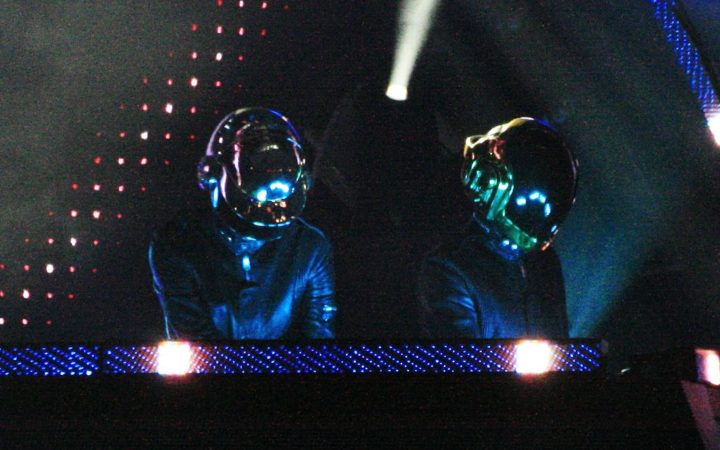
Daft Punk by Fabio Venni
4. The word “tribe” was once used consistently, avidly associated with rave PLURR-ality and dance collectives, until ravers got sorta tribal in a Lord of the Flies way. It didn’t matter how much we (meaning older generation) of ravers believed everyone was all one tribe, much like the general principles of Woodstock, people always gave that up and fell into cliques. Regardless of that, everyone’s heart was in the right place in the initial growth days, and the idea that future generations could help dream up a better future was real.
5. When it comes to creating dance music itself, mixing used to be extremely difficult. Full concentration was something that had to be constant just to match beats, much less take people on a timeless journey. Buying turn tables was far from cheap, and in order to create impressive music you had to also afford a mixer and an extensive record collection. DJs had to hunt for vinyl at specialty record stores tucked away in big cities. There was no SoundCloud, no Mixcloud and no Discogs. DJing was a labor of love by default. And with the love that was put into it, you could hear the revolution with every beat of the music.
6. At the beginning of raving, going to a club or party was really the only source of hearing electronic music. But like many other musical genres, DJ mixtapes did become a primary method of gaining fans and impressing promoters for their next gig. There is a certain magic associated with that time when owning a cassette and popping that tiny, unique piece of plastic into your car could take you to another place, your own secret trip, an escape from everyday life.
7. Getting to a rave wasn’t a simple feat. The use of answering machines, landlines, and paper fliers were primary methods of finding your way to an event. It was really about knowing the right person that got you the number that got you to the party that got you a flier that got you to the next party. Word of mouth and actually communicating with other humans was the way to find your festival rather than living in such a social media centered world.
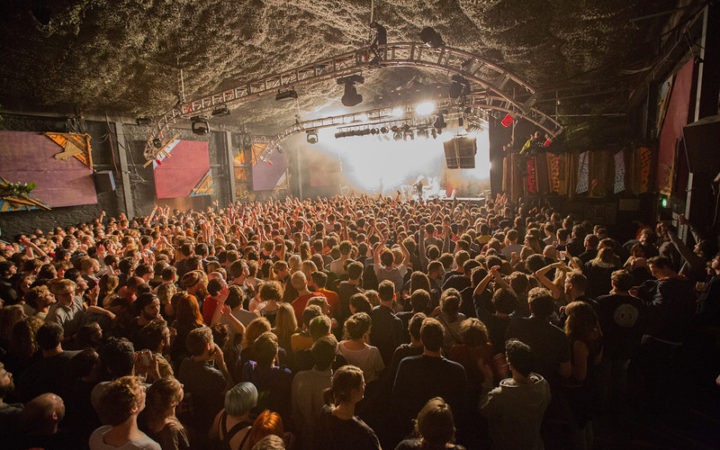
Courtesy of Motion Warehouse – Bristol
8. Taking a journey and basically going on your very own treasure hunt, using things like map points, driving three of four hours to an event, and having to stop at multiple locations to get to the final destination made experiencing a rave a somewhat magical adventure in itself. This music was not readily available to the public, so to get to it, you had to commit to finding it first. As you can imagine, this only built up the excitement and mystery of the journey.
9. Getting the opportunity to dance to EDM was liberating and an experience that truly was unlike anything that existed in the music culture at the time. The freedom that old-school ravers felt grooving to these revolutionary beats was frequently unnerving for the outside world looking in. Raves came along in the computer age, when the internet was just in its beginnings, and before the nation was rocked by 9/11. It’s a safe assumption that electronic music for old school ravers had a similar effect that rock had when it burst onto the music scene, putting forward a sense of a freed mind and inner peace.
10. If you haven’t ever heard of Joey Beltram’s “Energy Flash,” then make it point to look it up and give it a listen. Experience a unique track that much like when you decide to open yourself up to an old school raver’s vibes, you might be surprised at what you discover.
Peep the next page for a glimpse at the newer raver perspective in today’s ever-evolving dance music scene.
Important things happen in Pacific Northwest nightlife, and DMNW will send you alerts!





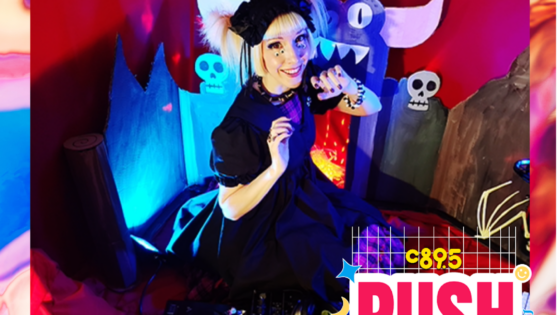
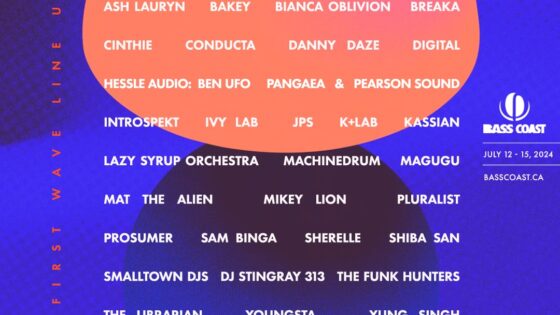
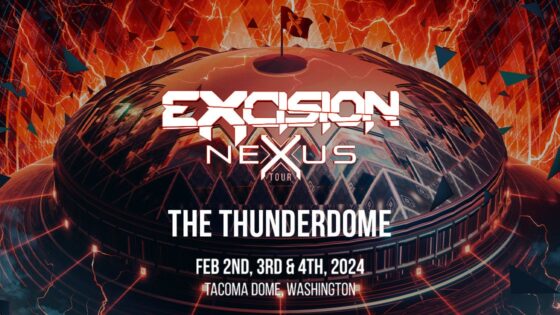
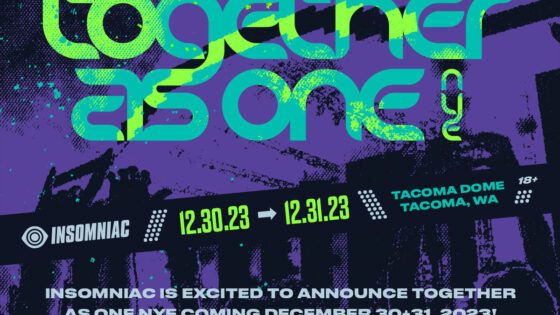
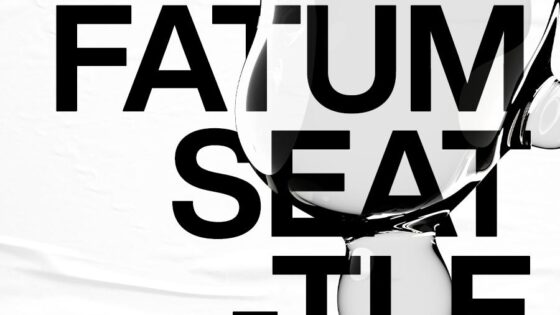
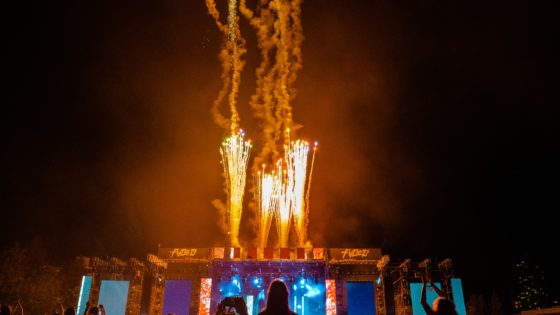
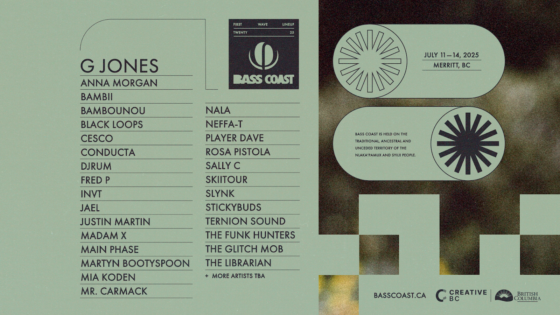
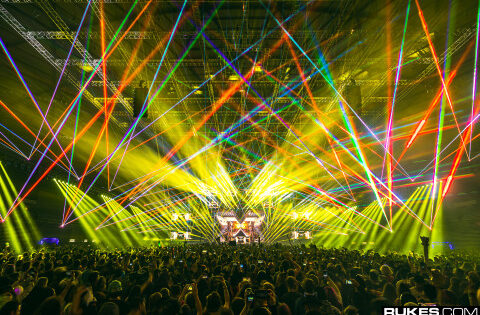
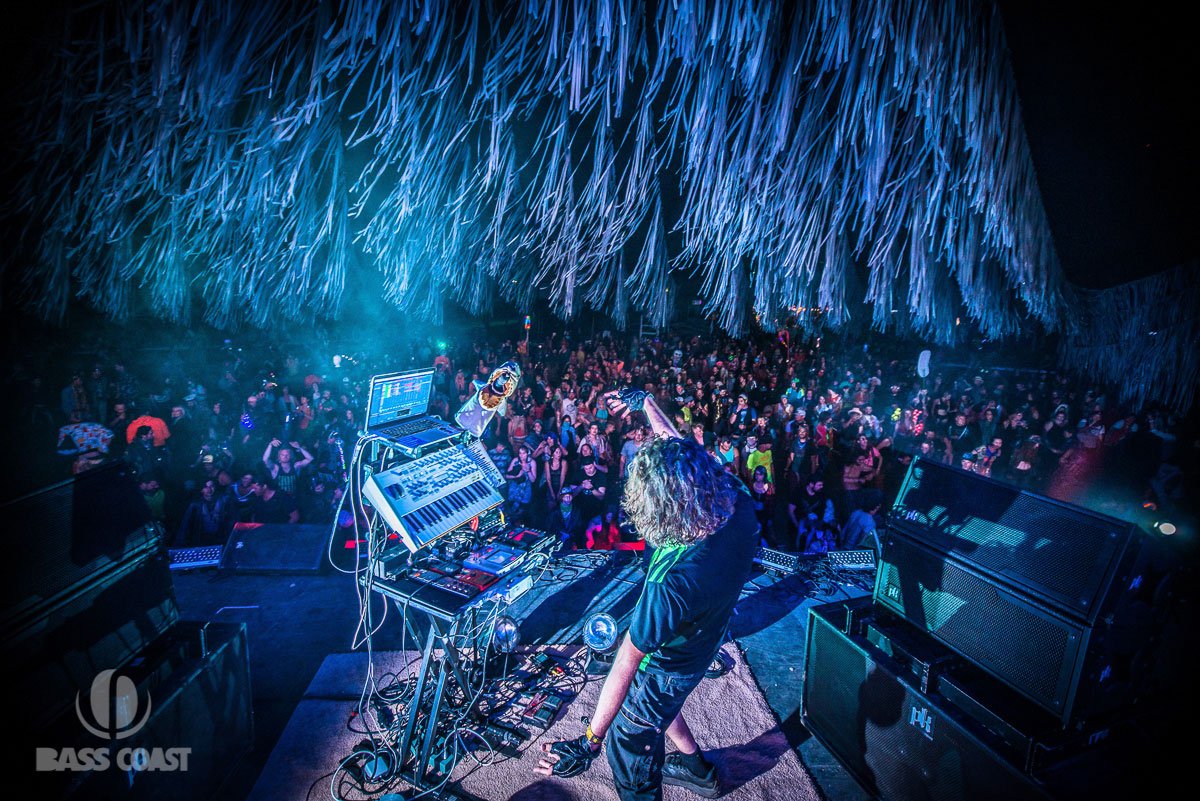
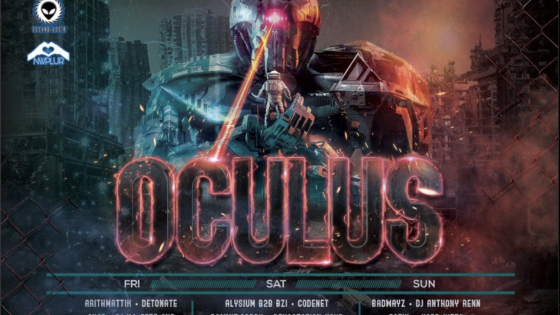




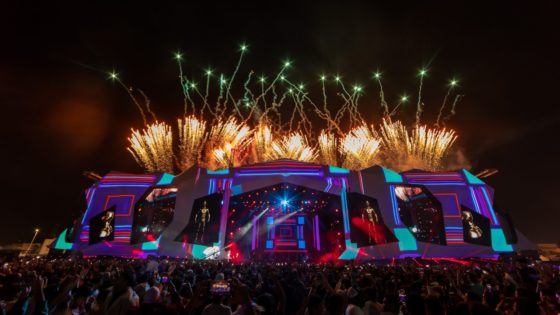





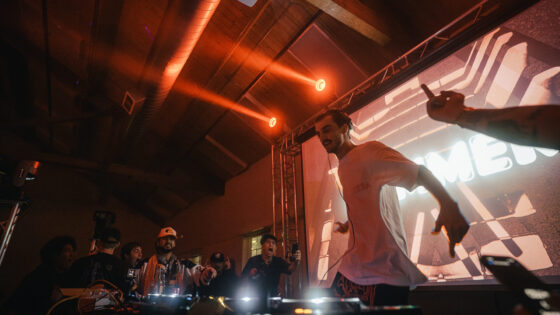
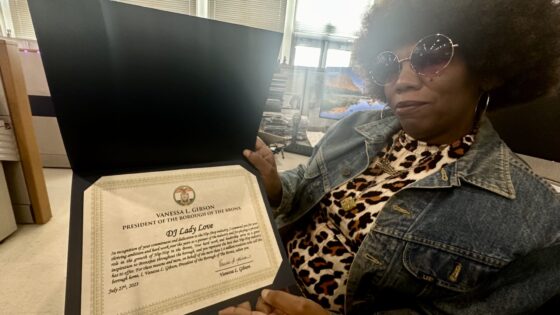
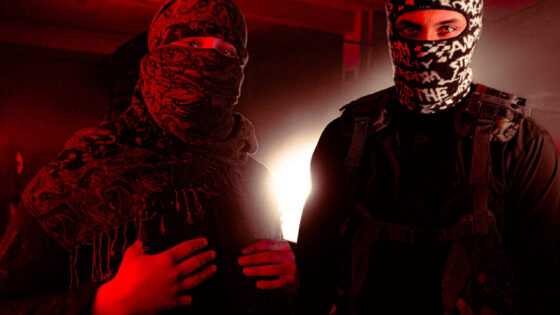
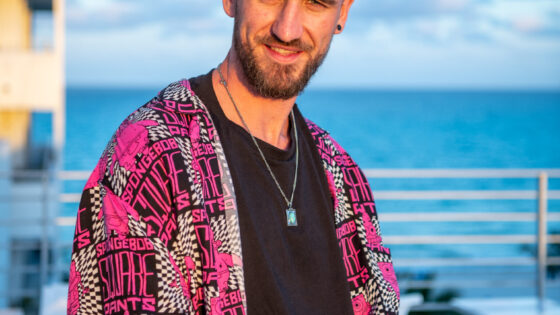
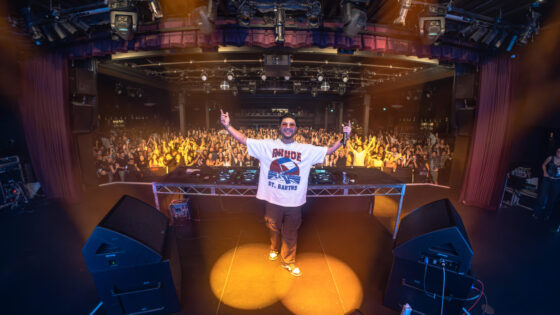





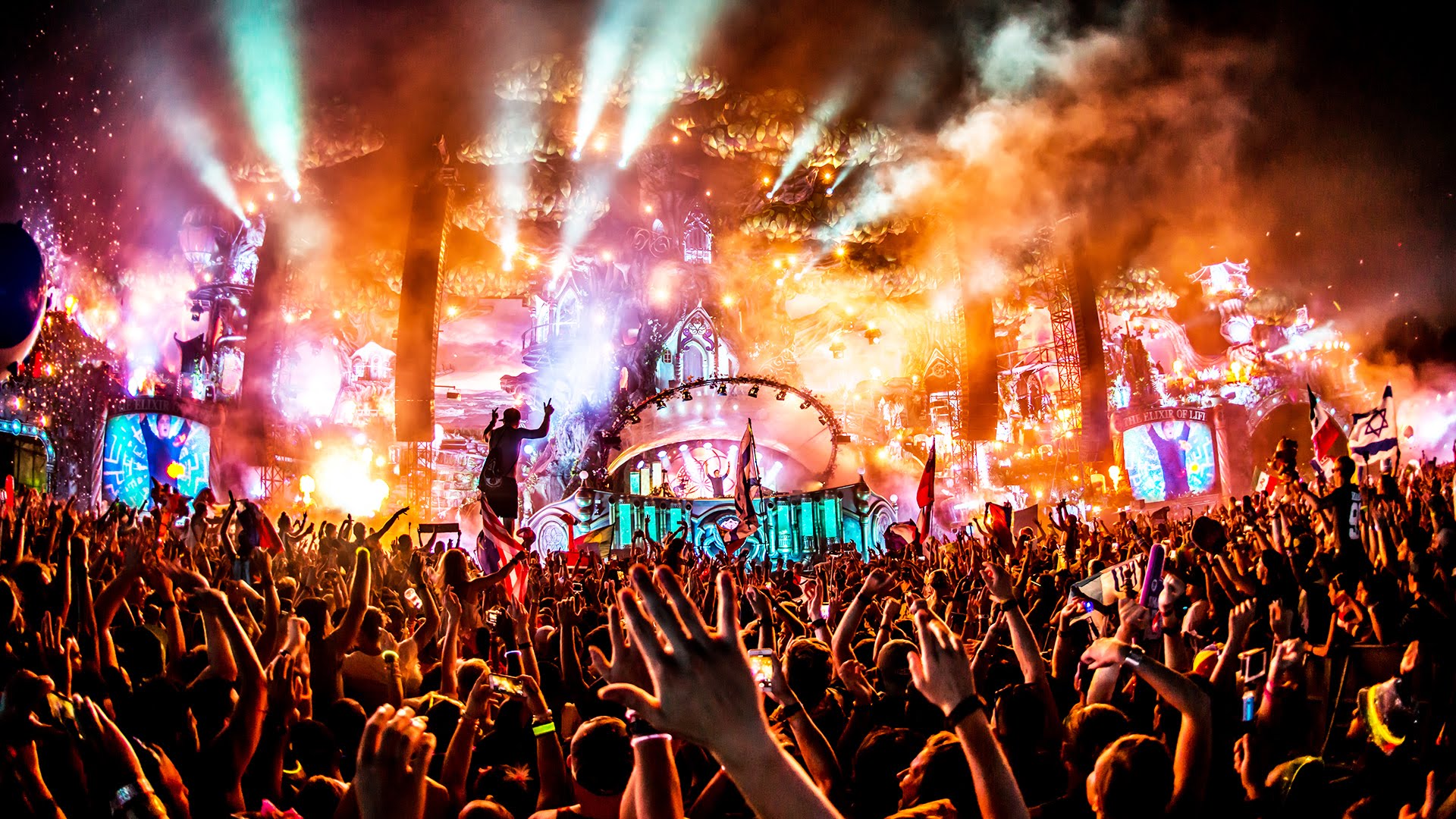
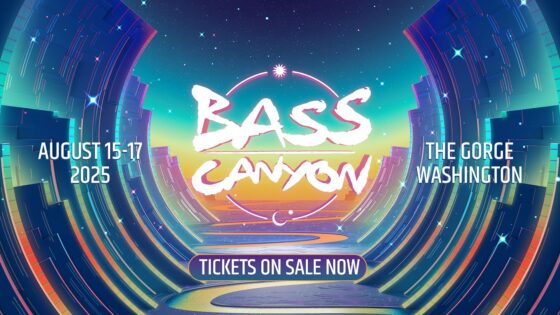

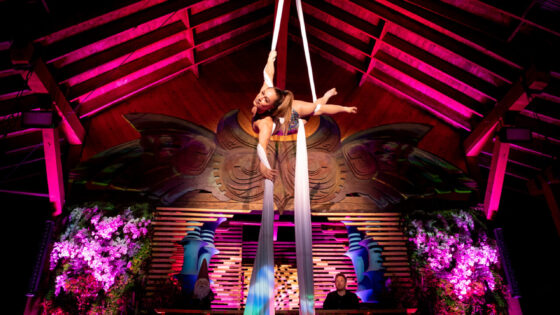

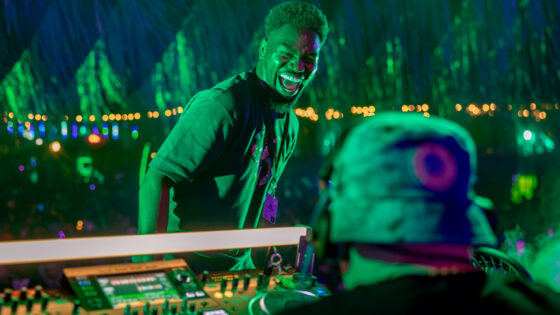



Darin
October 18, 2021 at 12:12 am
I will never give these newer artists like Dabin, Mitis, Wlliam Black, Trivecta a chance. If you go to the trance classic’s channel on YouTube and see that what you call Trance today is not Trance or nothing close like it and i was born in 86 and my friend was a amateur DJ in the 90’s in Las Vegas with turntable’s that use vinyl and not the shit they use today. So, nah as Grunge died in the 90’s so did Trance passed too around 2003 or little there after.